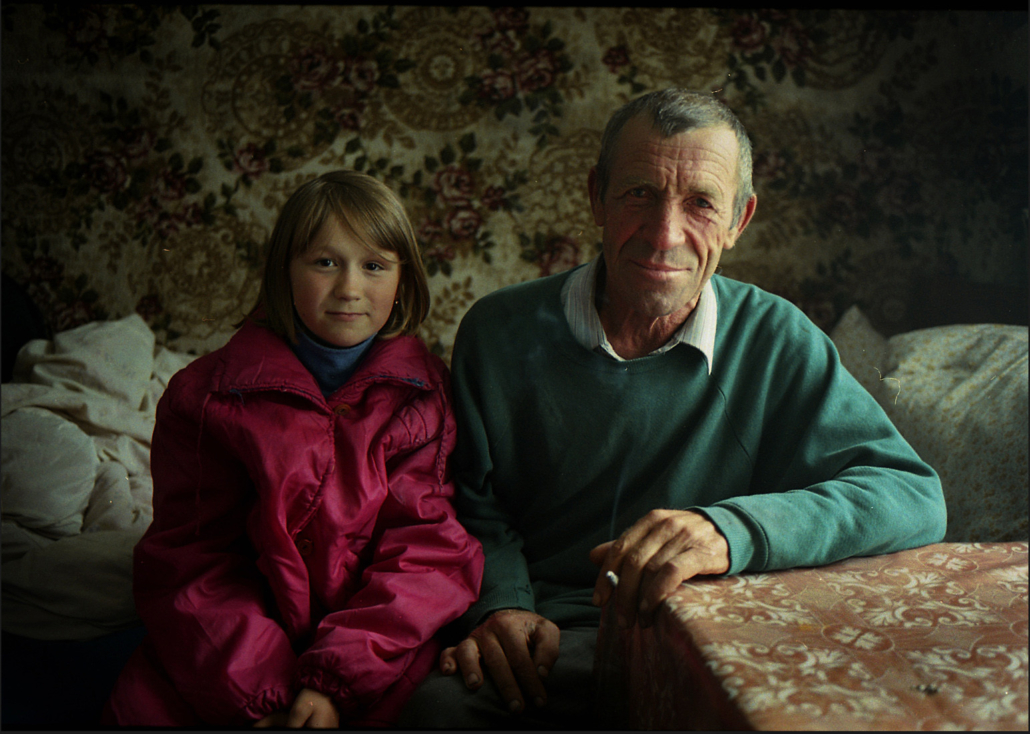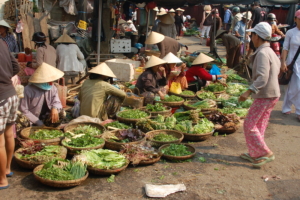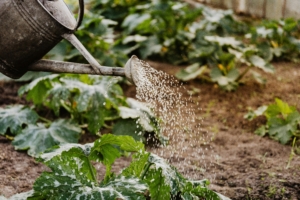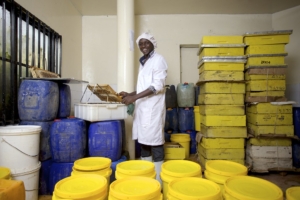 South Sudan is believed to have one of the highest malnutrition rates among children, with an unsettling rate of 1.4 million. This problem extends to adults, as shown by the estimation that 7.8 million adults face food insecurity at some level. What makes the situation in South Sudan unique is that these are the highest levels of malnutrition in its history, making the nation a top priority for global aid agencies in the past years.
South Sudan is believed to have one of the highest malnutrition rates among children, with an unsettling rate of 1.4 million. This problem extends to adults, as shown by the estimation that 7.8 million adults face food insecurity at some level. What makes the situation in South Sudan unique is that these are the highest levels of malnutrition in its history, making the nation a top priority for global aid agencies in the past years.
About Malnutrition
Malnutrition is a serious issue directly correlated to extreme poverty, making access to basic necessities like food essential when supporting developing nations. Tremendous steps have been taken in the global fight against malnutrition, largely driven by foreign aid. Foreign aid enables developing countries to invest in sustainable agriculture, ensuring food security until they can establish self-sustaining systems.
Efforts to combat malnutrition often start with direct food assistance, followed by investments in sustainable agriculture. While this approach is generally effective, some countries face external challenges that hinder progress, such as natural disasters and conflicts, which disrupt food production and distribution.
What Makes South Sudan’s Situation Different
South Sudan faces external challenges that complicate the fight against malnutrition, with one of the primary issues being widespread flooding. The region has endured severe flooding for several years, resulting in extensive damage. Areas affected by these floods often experience high levels of malnutrition.
The flooding hampers foreign aid efforts by preventing resources from reaching certain areas. For malnutrition, the issue lies in the inability of crops to produce sufficient yields. The combination of these problems makes the whole situation much harder to control. Another thing making things harder for South Sudan is the recent war. War has displaced millions of people in South Sudan, making the problem harder to track and keep control over.
Organizations Helping
The combined efforts of major organizations such as the World Food Programme (WFP) and the United Nations Children’s Fund (UNICEF) have helped with damage control. WFP has supported more than 600,000 people in South Sudan with fortified biscuits, cash transfers and nutrition support for children and mothers.
Similarly, UNICEF has responded to the needs of people affected and displaced by floods by providing them with basic supplies, such as soap, drugs and education materials. The organization has also strengthened local communities’ flood resilience and preparedness efforts, “including pre-positioning supplies during the dry season when roads are still accessible.”
Conclusion
Addressing malnutrition in South Sudan requires sustained international support and innovative solutions to overcome the country’s unique challenges. While foreign aid and humanitarian organizations have played a crucial role in providing immediate relief, long-term strategies such as improving flood resilience, strengthening food security and restoring stability remain essential. As South Sudan continues to face the highest malnutrition rates in its history, ongoing global efforts will be vital in ensuring that vulnerable populations receive the necessary resources to survive and build a more sustainable future.
– Kaleb Monteith
Kaleb is based in Greeley, CO, USA and focuses on Good News and Global Health for The Borgen Project.
Photo: Flickr









